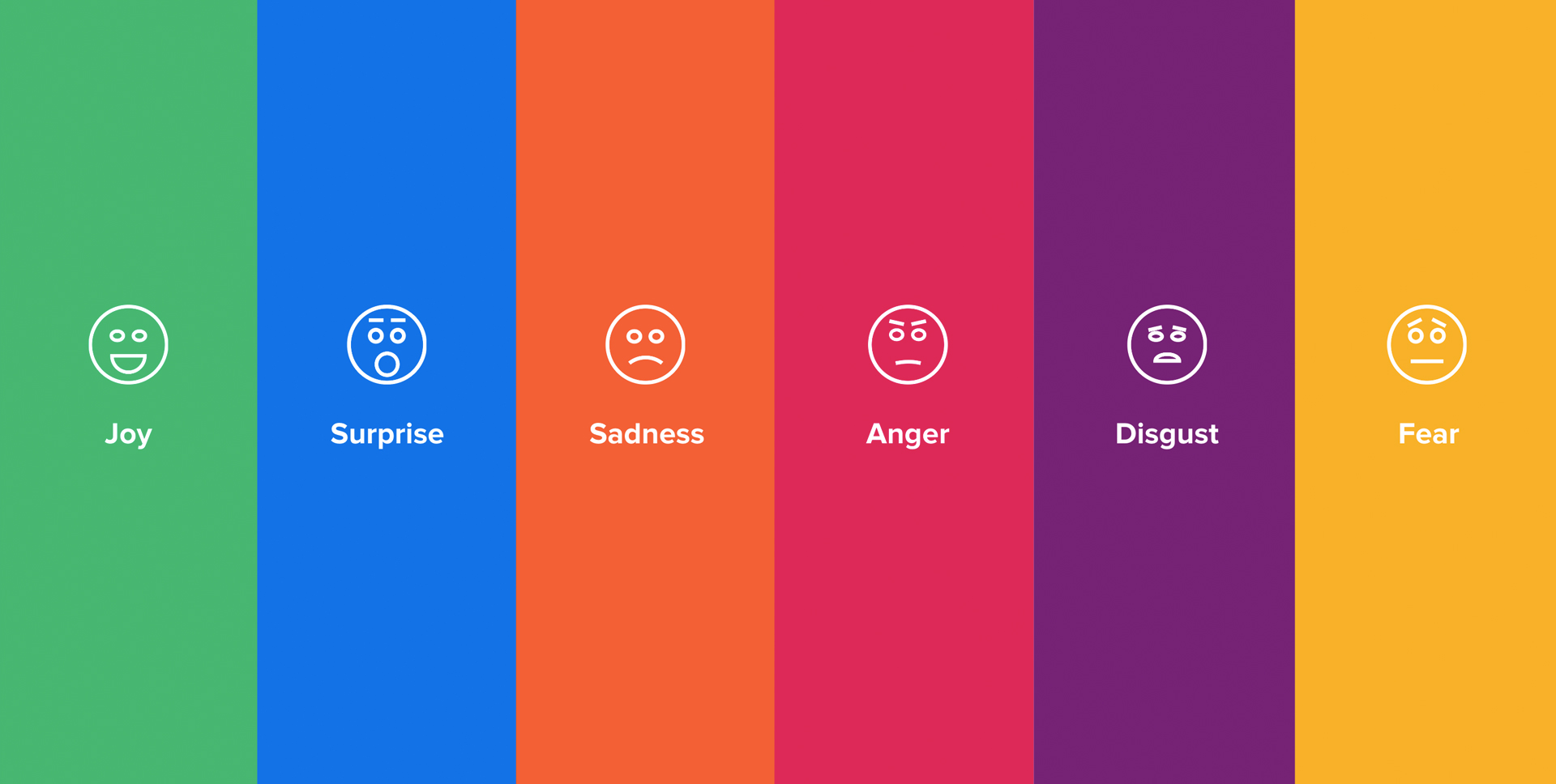
For years researchers have been trying to answer the question, “How many ads does a person see in one day?”. Some have guesstimated between 5,000-10,000 brand images are seen by a single person each day! Others think that number is exaggerated and insist that just counting exposures isn’t accurate and one must only consider those messages which make it into our consciousness. With more things to buy, see and do, and more places to encounter media, one thing is for sure, regardless of the actual number, we can safely say it’s a lot.
The Competitive Truth about Ads
According to SJ Insights, a marketing research and strategy firm out of Kansas City, MO, a person might experience something similar to this:
5000+
Average number of advertisement & brand exposures per day per person
362
Average number of “ads only” exposures per day
153
Average number of “ads only” noted per day
86
Average number of “ads only” that we have some awareness of per day
12
Average number of “ads only” that made an impression (engagement)
How Can you Make the Audience Focus?
In a world cluttered with so much noise, how do you make sure your message is seen? There’s actually one trick to helping make this happen, and you’ll be surprised to hear it’s not just paying more for better placements. While that does, of course, help, an endless budget is not the silver bullet. If you have a bad ad, you could spend $5 million on a Super Bowl commercial and end up hurting your brand more than helping.
Founder of SJ insights Sheree Johnson, says “Advertising doesn’t just offer the right product to the right consumer at the right time. It gets them emotionally motivated to investigate and ultimately to buy the advertised product or service. That’s why engagement has become so important.” We couldn’t have said it better ourselves. At Kairos, we know that engagement is king, and emotional connections to brands are everything in today’s overcrowded world.
Think about your own experience, so many times we make decisions based on an intangible feeling that pulls us in a particular direction. Take my brain for instance. If my thoughts were audible, you might hear things like this all day long:
“Wow, that cupcake looks incredible, the way those sprinkles are strategically placed it’s like a treasure map of sugary goodness.”
“That blue dress reminds of the color of the ocean in Italy – I wish I was on vacation right now. Maybe if I buy this dress, I’ll suddenly teleport to Capri.”
“This menu looks incredible. Did you see that locally sourced, hand selected, deconstructed, rustic market Cardboard, with a demi-glaze reduction? God that sounds amazing.”
Our brains are programmed to irrationally make choices based on how we feel and what moves us. (My brain is apparently very focused on food). The cardboard example above may be an iota exaggerated, but how many times have you ordered that same piece of grilled chicken (which you may not even like) because of some pretentious adjective that made it sound too delectable to pass up. The words we use, the images we select, the colors we choose, the narrators we employ, the designs we construct, it’s all in the name of pleasing someone. Every advertising and marketing experience is just an exercise in getting consumers to “pick me, pick me!”.
It’s not always an easy answer to get the why, but sometimes it’s simply about discovering which of the variables you’re trying can elicit that desired response from people. Knowledge is power, so why not get all the knowledge about your consumers you can?
So, what is that 1 thing you can do right now, that can help you solve this consumer conundrum?
Test your ads. Specifically, test them with Emotion Analysis tools.
Tested and Proven Emotionally Charged Ads
Emotion analysis is a facial coding practice which measures facial expressions (which correspond to a handful of universal emotions) as they change over time potentially as a result of a presenting stimulus. Simply put, it’s a technology that answers the pressing question, “did they like it?”.

Kairos can help you understand The Universally Recognized Facial Expressions of Emotion
Think about the number of brands you encounter on a daily basis when you open the refrigerator or medicine cabinet. To gain permanence in someone’s life, you have to earn their trust and loyalty, and show your value. People respond to different messages and themes, and uncovering what tactic works with what consumers can help you attain that coveted spot on the shelf or in their lives. Do your customers respond to nostalgia? Function? Comedy? It might be different for each demographic group, and each product or service.
Easy, Quick, and Timely Knowledge for your Business
The beauty of emotion analysis testing is that you can instantly discover if a tactic is getting the response you desire, and you can get it without bias. You can also achieve this at scale, with efficiencies in both cost and logistics.
The way that Kairos has designed its Emotion Analysis tools makes it available to anyone, for any purpose, anytime. You can test a political speech to see if voters connect with a candidate, you can test a TV spot to see if it will hit home with your target demo, or you can even test a webinar to see if you’re keeping your audience’s attention the whole time. The flexibility of emotion analysis, and the unobtrusive nature of it, means you get better results, quickly and in more situations.

Stefanie Genauer
Stefanie is the CRO at Kairos, a Human Analytics platform that radically changes how companies understand people.